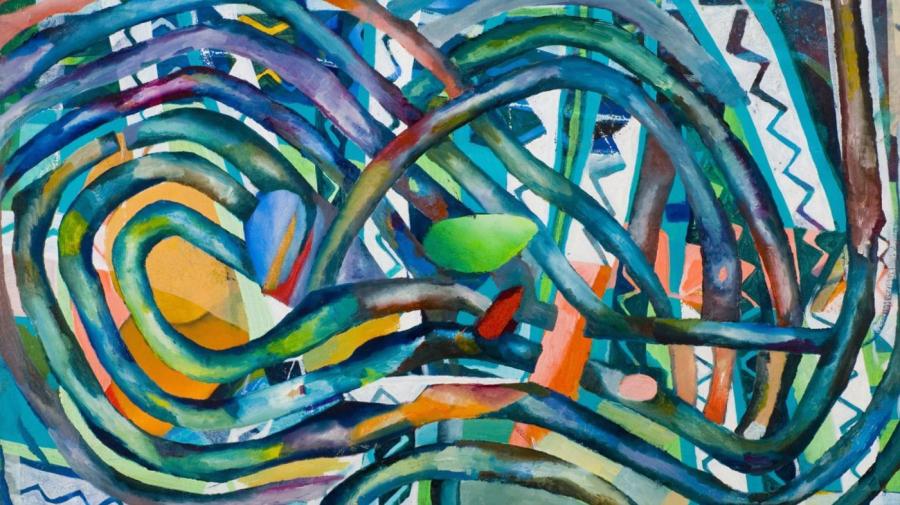What Are Characteristics of Modernism?

Modernism is characterized by a significant shift in the representation of human ideas and human production away from conventional realism and toward various forms of psychological realism.
Modernism is a historical movement that carried over several art forms, including literature, music, the visual arts, dance and drama. Although the height of modernism lasted for fewer than 40 years, this movement profoundly influenced art and artists across media. At the center of modernism is a questioning of prior representations of human life. For example, in painting, prior to modernism, the ideal was realism because painting was the only way of preserving images, whether those of loved ones or dramatic landscapes. The invention of photography meant that paintings no longer had this major drive at the foundation. Picasso invented cubism in an effort to see people and objects in a multidimensional way simultaneously, the way human beings tend to think, instead of what people see. For centuries, music was based in a tonal system in which pieces of music might have moments of dissonance, but would end in consonance. Modernist composers such as Stravinksy questioned the need for consonance; his Rite of Spring represents the psychological experience of an unnamed primitive culture celebrating the advent of spring. Authors such as James Joyce and Virginia Woolf tried to capture the internal human mind instead of telling a story by representing events realistically. Joyce’s “Ulysses” is a novel that takes place in a single 24-hour time frame. The last chapter ends with a stream of consciousness segment that represents the way thoughts in the human mind connect not logically but associatively. Modernism, then, represents a different reality from the representation that was common to the 19th century and prior.





